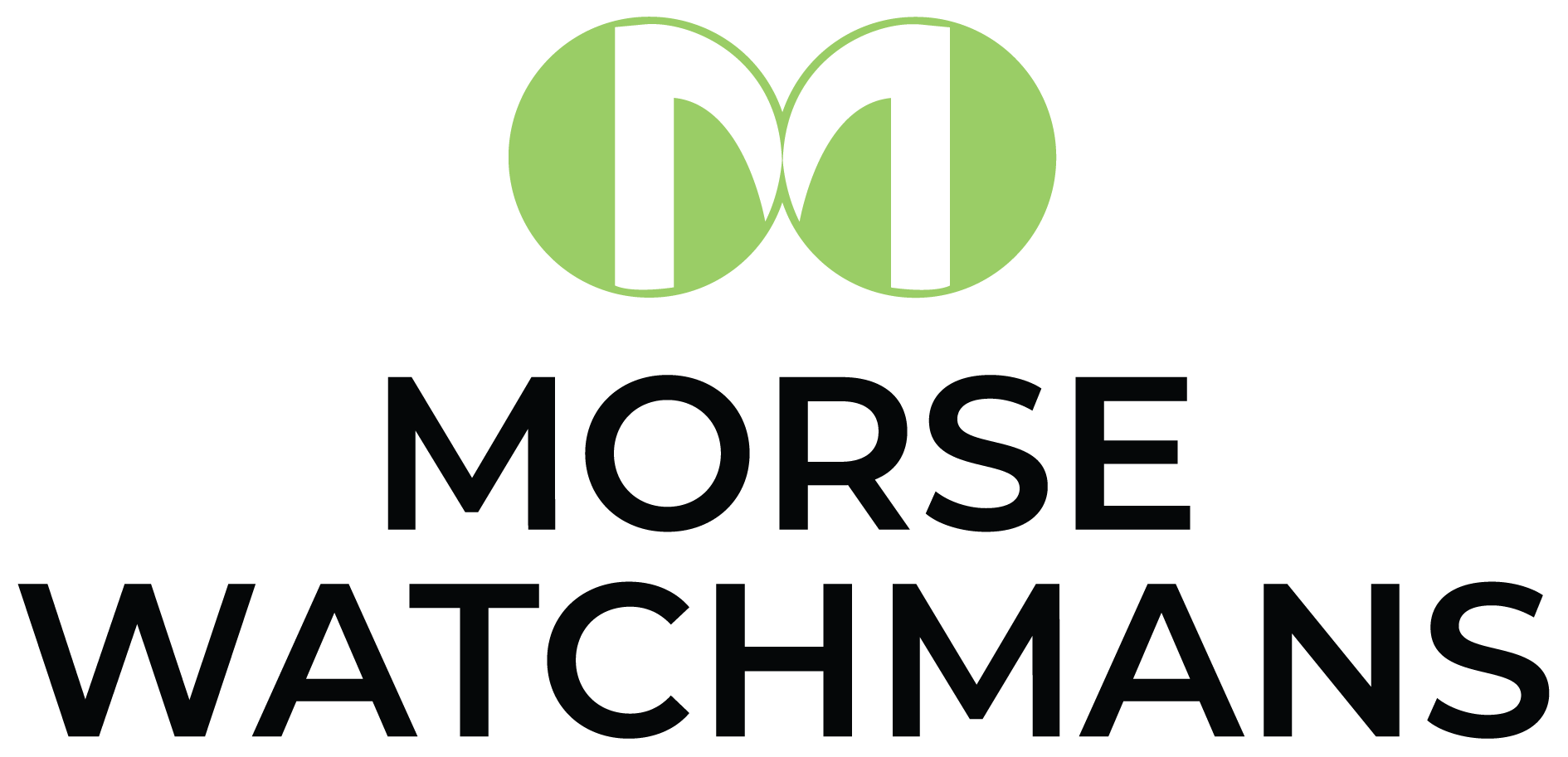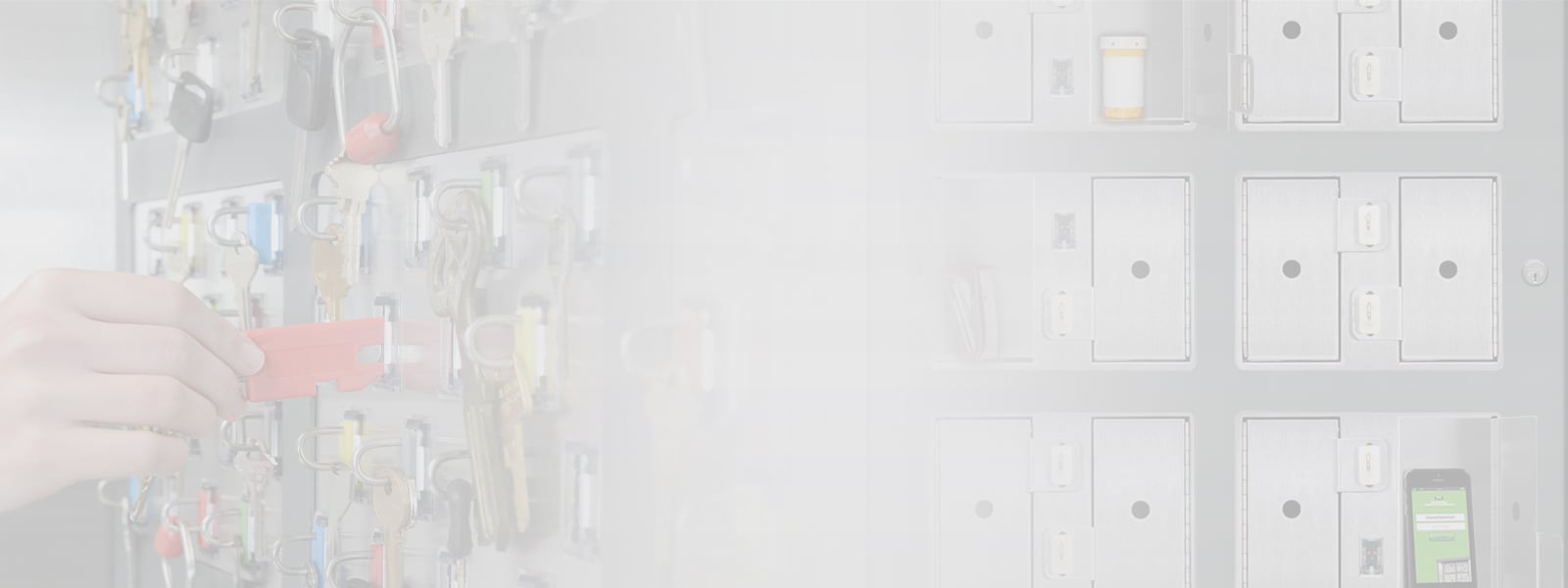Selecting a key control system, like many other physical security system purchase decisions, starts with determining what problems need to be solved and how a particular solution can meet your needs. By going through this exercise, you can custom-design a key control system with the exact features to address any challenges and/or resolve any issues.
To look at a specific example, consider a hotel environment. Here, problems needing to be addressed could include liability, impropriety issues regarding access to guest rooms, language issues and unusual types of keys that must be stored. The right key control management system for this environment should offer features including automatically generating an audit trail registering of the access history of each key, including user, date and time of key access/return. Accompanying tracking software would allow hotel security management to program access to the keys for any number of different groups while also allowing for overtime and unscheduled work hours. The generated reports would provide accurate and detailed information regarding key transactions and in the event of an allegation of impropriety, the quickly produced information helps to resolve situations in a timelier manner.
If language and/or ease of use issues are a problem, key management systems with biometric identification access could help resolve that situation. In addition, illuminated color-coded key slots and user prompts are user friendly features that can help staff to more quickly become adept with the system. And because hotels use a variety of types of keys, the system should be able to accommodate all types and sizes.
The hotel application is just one example to illustrate how identifying the problems is the best place to start when selecting a key management and control system. Once that exercise is complete, there are several additional factors that should be taken into consideration including scalability, future integration with other physical security systems (i.e. card access), aesthetics, financial considerations and system reliability — just to name just a few.
Following this key step will help ensure the end result is a custom designed solution that effectively resolves your problems and meets your needs.



